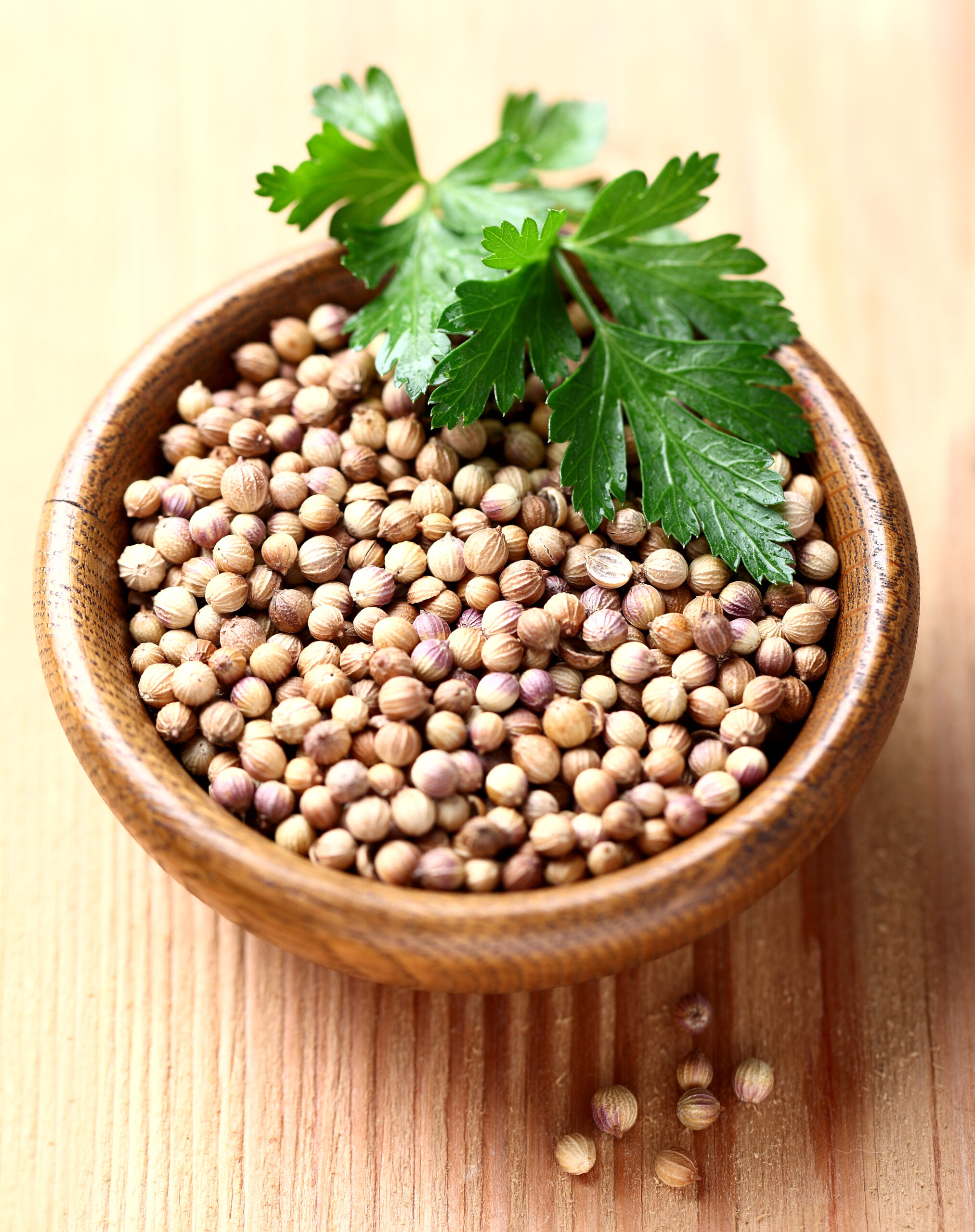
Coriander seeds may look unassuming—tiny, golden-brown, and slightly ridged—but they hold a surprising amount of flavor.
Used in everything from Indian dals and Middle Eastern pickles to Mexican salsas and European sausages, they bring a warm, citrusy note that can instantly lift a dish. Beyond cooking, these seeds have also found a place in traditional remedies for centuries, valued for their calming and digestive qualities.
So what makes coriander seeds such a kitchen staple, and why are they loved by both home cooks and chefs alike? Let’s dig in.
What Exactly Are Coriander Seeds?
Coriander seeds are the dried fruit of the coriander plant (Coriandrum sativum). While the fresh leaves are known as cilantro, the seeds develop their own distinct character once dried.
They’re small, round, and lightly ridged, carrying a warm, citrusy flavor that works beautifully in both whole and ground form. You’ll find them in countless spice blends and everyday cooking across the world.
For centuries, coriander seeds have been traded, toasted, and valued not only for their ability to elevate food but also for their traditional roles in wellness practices.
Quick Facts About Coriander Seeds
- What it is: Dried seeds of the coriander plant (Coriandrum sativum), part of the parsley family
- Flavor: Warm, citrusy, slightly sweet with a subtle nuttiness
- Best in: Curries, spice blends, pickles, soups, and marinades
- Forms: Whole seeds, lightly crushed, or ground into powder
- Storage: Whole seeds keep longest—store in an airtight container, cool and dark; grind fresh as needed
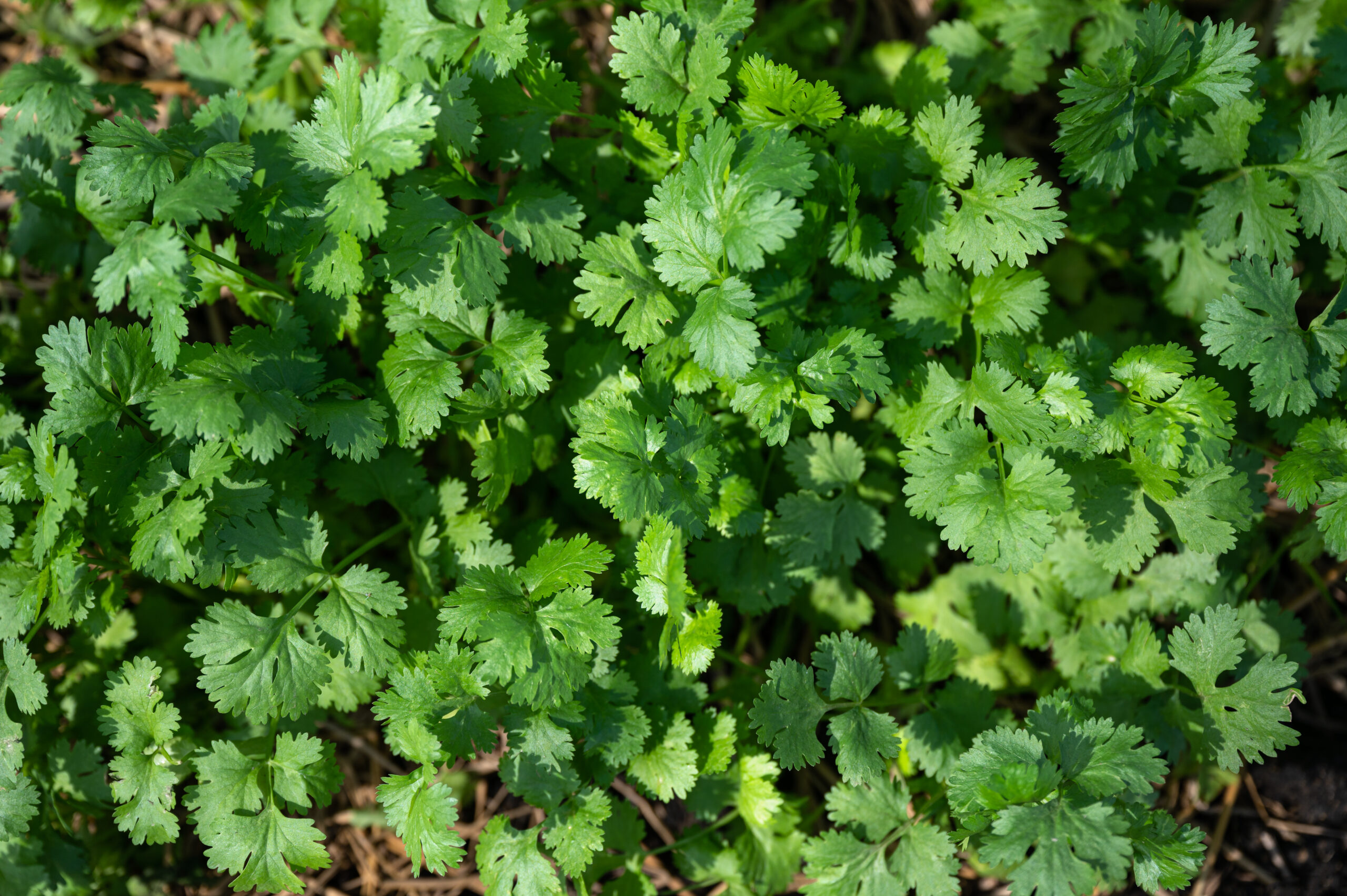
Forms You’ll Find It In
Coriander doesn’t just show up one way—it’s a multitasker in the spice world. Here’s how you’ll commonly find it:
-
Whole Seeds – Round and golden, they’re perfect for toasting, tempering, or tossing into pickles and spice blends. Crushing them fresh releases maximum flavor.
-
Ground Coriander – Made by grinding the seeds into a fine powder. It has a softer, warmer taste and blends easily into soups, curries, and marinades.
-
Roasted Coriander Powder – A deeper, nuttier version of the regular powder, often used in Indian chutneys, spice mixes, and street-style snacks.
-
Coriander Seed Oil – Used in aromatherapy and occasionally in skincare for its light, herbal scent and potential soothing properties.
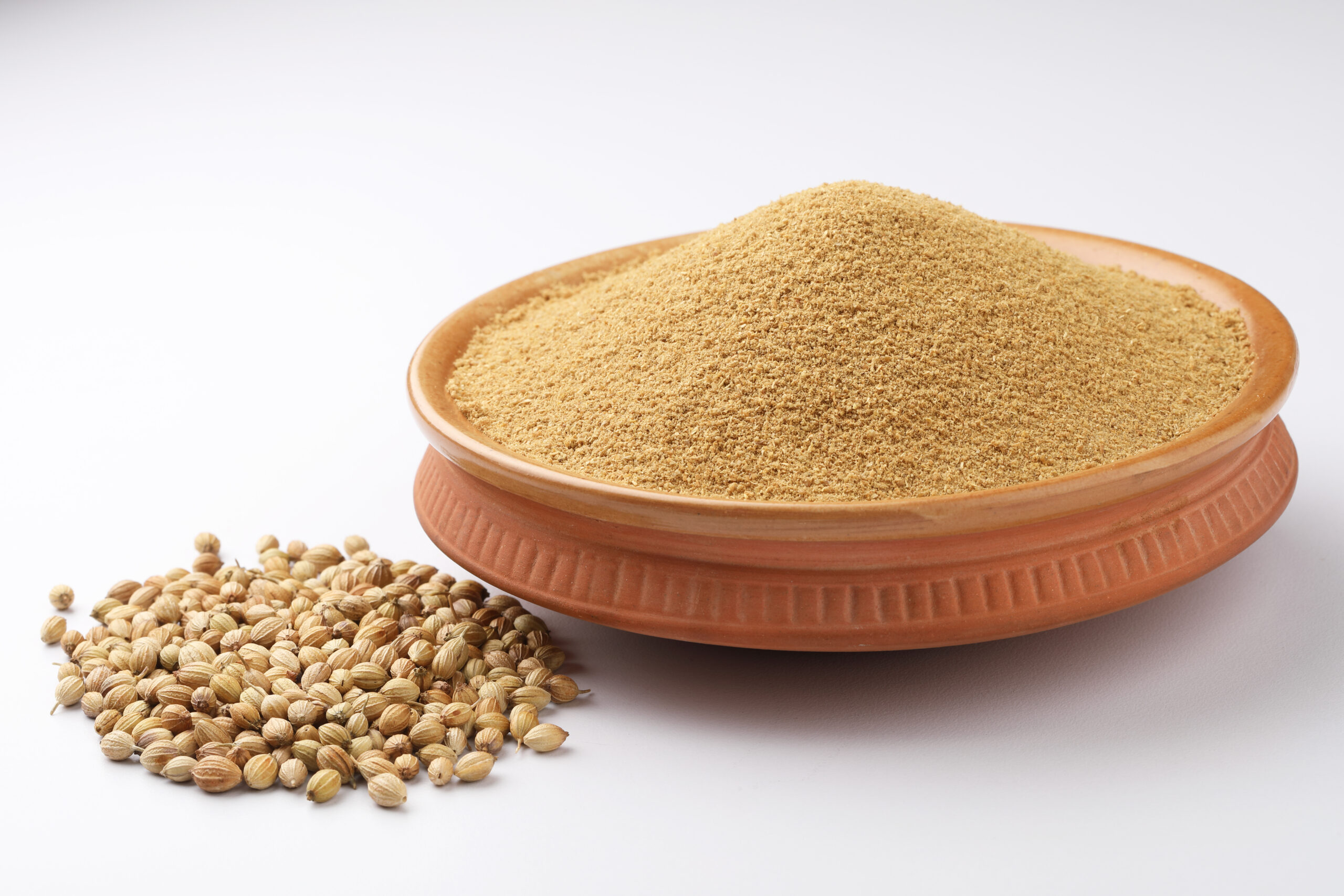
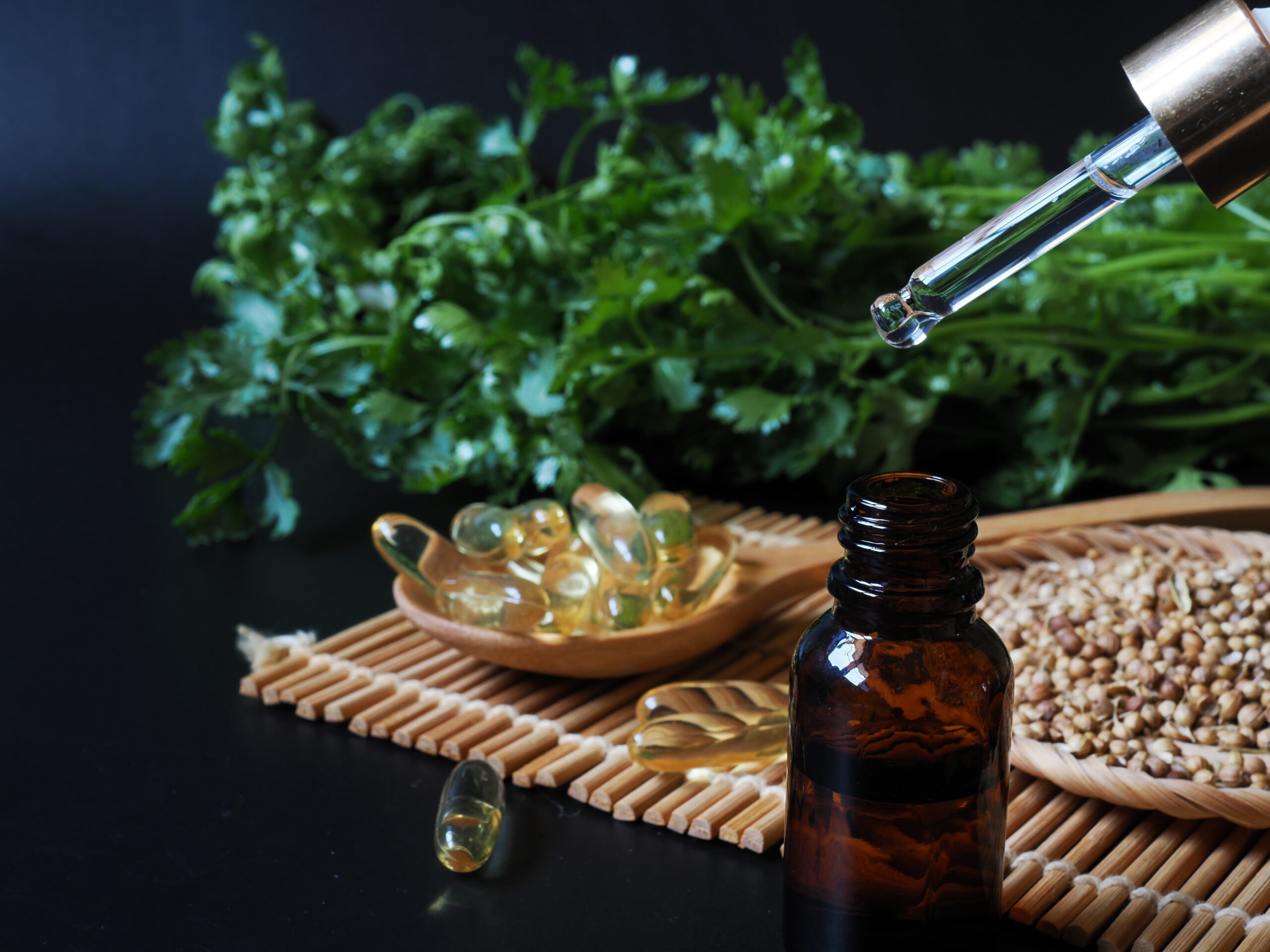
Flavor Profile
Coriander seeds offer a warm, citrusy and slightly nutty flavor with hints of orange peel and pepper. Unlike the sharpness of cilantro leaves, the seeds are mellow and aromatic. Toasting deepens their earthiness, while grinding them fresh releases a bright, zesty punch that enhances both savory and sweet dishes.
Culinary Uses Around the World
Coriander seeds are true globetrotters in the kitchen. Here’s how different cultures put them to work:
-
India – Ground into curries, sambar, and spice blends like garam masala; whole seeds are often tempered in hot oil to release flavor.
-
Middle East – Used in pickling spices, meat rubs, and stews like harira for a warm, citrusy depth.
-
Mexico – Combined with cumin in chili pastes and moles, especially in slow-cooked meat dishes.
-
Europe – Adds subtle spice to sausages, breads (like rye), and even gin recipes.
-
North Africa – Essential in spice blends like "Ras el hanout" and marinades for tagines.
-
Southeast Asia – Features in Thai and Indonesian spice pastes alongside lemongrass and galangal.
Whether it’s bold curries or baked rye, coriander seeds adapt effortlessly to both savory and sweet creations.
Cooking With Coriander Seeds
Coriander seeds shine when used smartly—toasting, crushing, or blending unlocks their full flavor.
-
Toast whole seeds in a dry pan for 1–2 minutes until aromatic—perfect for pickles, dals, or curry bases.
-
Crush freshly in a mortar and pestle for a citrusy lift in soups, marinades, and dry rubs.
-
Grind into powder for spice blends like garam masala, ras el hanout, or a custom taco seasoning.
Coriander Seeds in Traditional Remedies
Coriander seeds have long held a place in traditional medicine systems like Ayurveda and Unani for their gentle, balancing nature.
-
Digestive Support – Soaked or boiled coriander seed water is often sipped to ease bloating or support digestion.
-
Cooling Remedy – In some cultures, coriander is considered a body-cooling spice, used in summer drinks to help reduce internal heat.
-
Blood Sugar Support – Traditional practices sometimes recommend coriander seed tea as a mild support for maintaining healthy glucose levels.
-
Mild Detox Aid – Known to be part of gentle detox blends that may help flush out excess fluids or reduce water retention.
While these uses are deeply rooted in tradition, it's always smart to consult a healthcare provider before trying any remedy regularly.
Surprising Uses Beyond Traditional Recipes
Coriander seeds aren’t just curry companions—they've got a few unexpected tricks up their sleeve:
-
Coriander Tea – Lightly crush and steep the seeds for a warm, calming drink that may aid digestion.
-
Infused Oil – Simmer seeds in a carrier oil to create a fragrant base for salad dressings or DIY massage oils.
-
Baked Goods – Add a pinch of ground coriander to cookies, cakes, or breads for a subtle citrusy twist.
-
Homemade Spice Blends – Blend with fennel, cumin, and chili for your own custom rubs or masalas.
-
Natural Air Freshener – Simmer coriander seeds with citrus peels and cloves for a cozy, kitchen-fresh aroma.
It’s a spice that goes far beyond the pan—quietly making everything it touches a little more interesting.
Modern Self-Care and Beauty Trends
Coriander seeds are quietly making their way into the beauty world, one DIY mask and wellness sip at a time.
-
Coriander Face Water – Some natural skincare lovers spritz coriander seed-infused water to help refresh tired skin.
-
Scalp Soaks – In haircare circles, coriander-infused oils are being used for their soothing and cleansing properties.
-
Digestive Tonics – Modern wellness drinks now include coriander seed water as a gentle way to support gut health.
-
Natural Deodorants – Thanks to its pleasant, herbal-citrus scent, coriander oil occasionally appears in eco-friendly deodorants.
From the spice rack to the skincare shelf, coriander is catching on as a multi-tasker in today’s clean beauty and wellness routines.
Flavor Pairings
Coriander seeds play well with a wide range of spices and ingredients, adding balance and brightness wherever they go.
-
Cumin – A classic duo in curries, stews, and spice rubs.
-
Cinnamon & Cloves – For warm, spiced blends in baking and mulled drinks.
-
Citrus Zest – Enhances coriander’s natural lemony notes.
-
Garlic & Ginger – Adds depth to marinades, sauces, and stir-fries.
-
Chili Flakes – Brings heat and complexity to savory dishes.
-
Honey or Brown Sugar – Surprisingly good in sweet-salty sauces and glazes.
Coriander Seeds Substitutes
Ran out of coriander seeds? Don’t worry—there are a few swaps that can step in, depending on the dish:
-
Cumin Seeds – Earthier and more intense, but often used alongside or in place of coriander in savory dishes.
-
Caraway Seeds – Similar in shape and texture, with a slightly sweet, peppery flavor.
-
Fennel Seeds – Best for lighter dishes or baking, offering a mild sweetness and herbal edge.
-
Ground Coriander – Obvious, but worth noting—use about half the amount of ground if the recipe calls for whole seeds.
-
Curry Powder – As a last resort, it often contains coriander along with other compatible spices.
Each brings its own twist, so pick the substitute based on whether you need warmth, sweetness, or something citrusy.
How to Store It Right
To keep coriander seeds fresh and flavorful:
-
Use an airtight container – Preferably glass or metal, to prevent moisture and odor absorption.
-
Keep them in a cool, dark place – Away from direct sunlight, heat, or humidity (a pantry works best).
-
Avoid grinding in advance – Whole seeds stay potent longer; only grind what you need.
-
Shelf life – Whole seeds can last up to a year with proper storage; ground coriander loses punch in about 3–4 months.
Nutritional Value (Per Tablespoon – Approx. 5g)
Coriander seeds may be small, but they pack in a surprising amount of nutrients:
-
Calories: ~15
-
Protein: 0.7g
-
Fat: 0.9g (mostly healthy fats)
-
Carbohydrates: 2.8g
-
Fiber: 2.1g
-
Calcium: ~35mg
-
Iron: ~1.4mg
-
Magnesium: ~20mg
-
Vitamin C: Trace amounts
These numbers may vary slightly, but it’s clear that coriander seeds offer more than just flavor—they bring tiny boosts of goodness to your plate.
Health Benefits of Coriander Seeds
Coriander seeds aren’t just kitchen heroes—they may also support your overall well-being. Here’s how:
May Support Digestion
Coriander seeds may help ease bloating, gas, and indigestion thanks to their carminative properties (Source).
Can Help Manage Blood Sugar
Some studies suggest that coriander seeds may support healthy blood sugar levels by enhancing insulin activity (Source).
May Support Heart Health
Coriander’s antioxidants may help reduce blood pressure and cholesterol, two key factors in heart health (Source).
May Offer Antioxidant Protection
Coriander seeds contain compounds that may help fight oxidative stress and inflammation in the body (Source).
Potential Health Risks
Coriander seeds are generally safe when used in moderation, but there are a few things to keep in mind:
Possible Allergic Reactions
Some people may be allergic to coriander, experiencing symptoms like itching, swelling, or skin irritation (Source).
May Lower Blood Pressure Too Much
Since coriander may help lower blood pressure, people on medication for hypertension should use it cautiously (Source).
Hormonal Sensitivity
Coriander may act like estrogen in the body, so those with hormone-sensitive conditions should consult a doctor before using it regularly (Source).
Final Thoughts
Coriander seeds may be small, but they bring a big punch of flavor and history to the table. Toast them to unlock a nutty depth, grind them for spice blends, or steep them in a calming tea—these golden spheres are as versatile as they are essential.
From everyday cooking to traditional remedies, coriander seeds remind us that even the humblest ingredients can transform a dish and leave a lasting mark.
Frequently Asked Questions
Are coriander seeds and cilantro the same thing?
They come from the same plant, but they’re not the same. Cilantro refers to the fresh leaves, while coriander seeds are the dried fruit.
Can I eat coriander seeds raw?
Yes, though they’re usually toasted or cooked for more aroma. Raw seeds have a mild, slightly citrusy flavor.
Is ground coriander the same as coriander seeds?
Ground coriander is made from the seeds but loses its fragrance more quickly. Whole seeds stay fresh longer and release more flavor when freshly ground.
Do coriander seeds aid digestion?
Traditionally, yes. They’ve often been brewed into teas to help with bloating and general digestive comfort, though research is still limited.
How long do coriander seeds last?
Stored in an airtight container in a cool, dry spot, whole seeds can keep their flavor for up to a year. Ground coriander is best used within a few months.


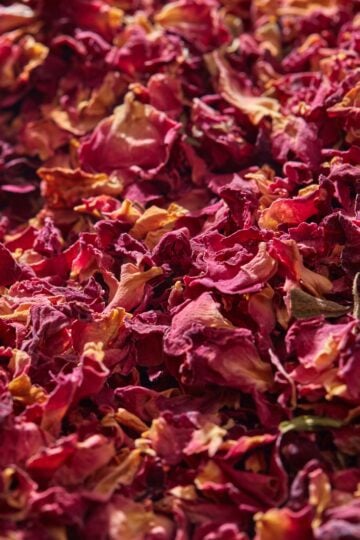
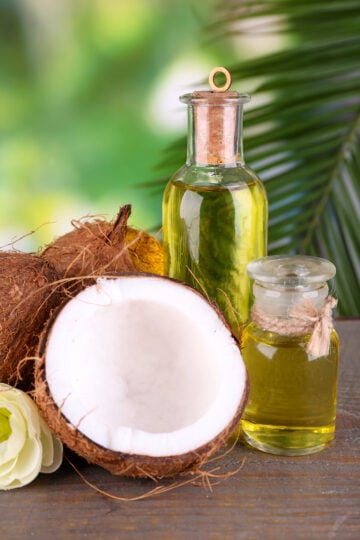
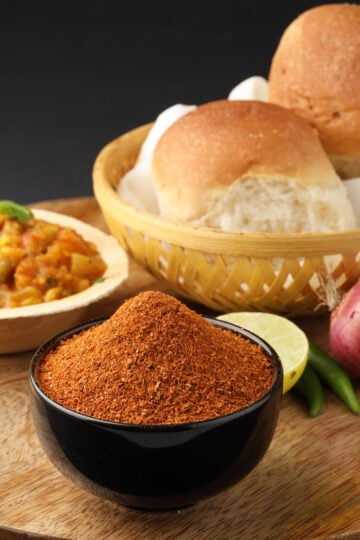
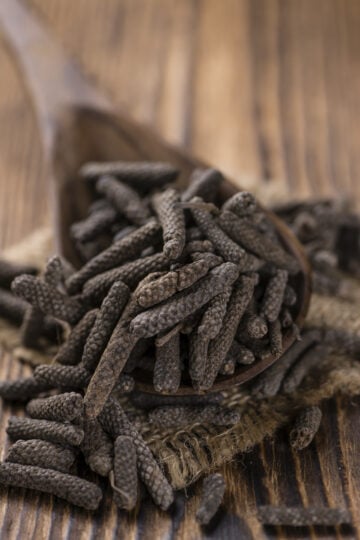
Have a question or something to share? Leave a comment below!